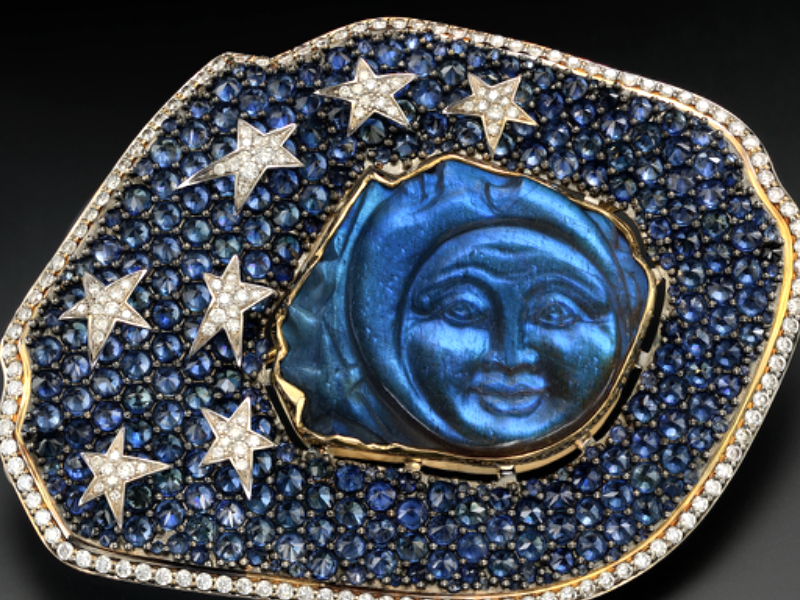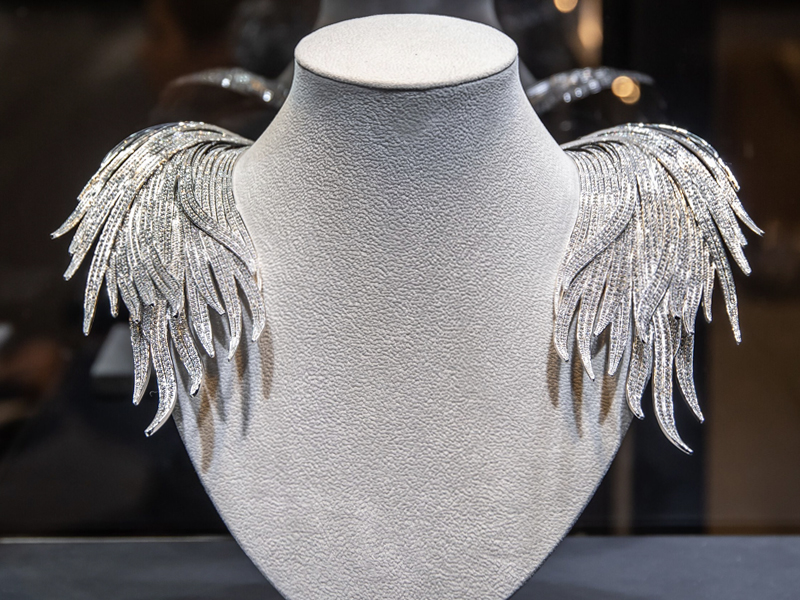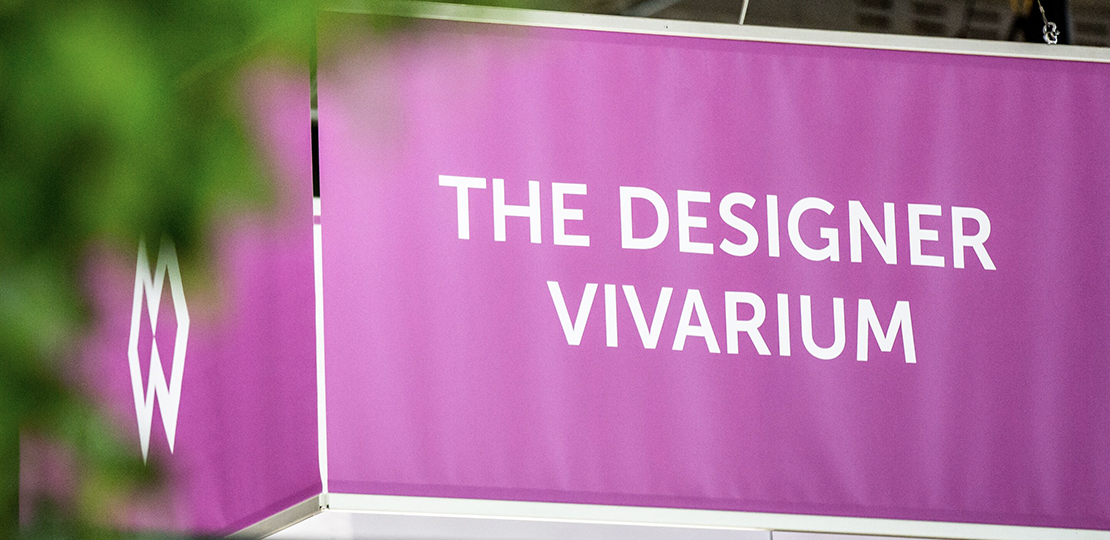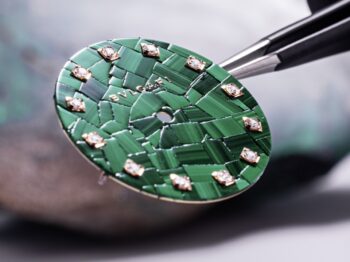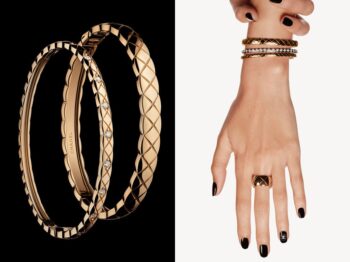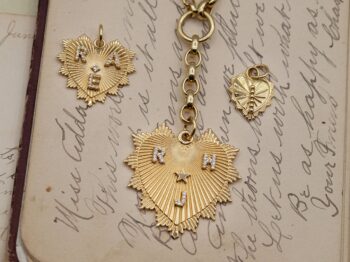When Vivienne Becker looks at a piece of jewelry, she first lays her eyes on the design because a few decades from now, she believes that it is what will become the antique of the future. When it comes to contemporary design, critics, collectors and journalists must take into consideration the influence of speed travel and the technological advancements designers benefit when creating their pieces. If we look at the cycle of designs, nothing is new- it’s just a matter of interpretation and how the period influences the style.
Considering the amount of jewelry Becker gets her hands on all year long and has for the last decades, “I recognize when a jewel is truly different and new. I work on instinct and pay attention to certains elements such as balance and tension that makes the jewelry exciting,” she explains. “Through study or instinct : designers need to understand the rules before breaking them. It is a matter of comprehension of tradition and heritage,” she adds. As a matter of fact, the hardest task is being able to create something that has not been seen showing duality and harmony between what is old and what is new. Following that line, Vivienne Becker picked 11 designers for the GemGenève Vivarium who have a real point of view different from one another and who have something to say with an intrinsec value of materials.
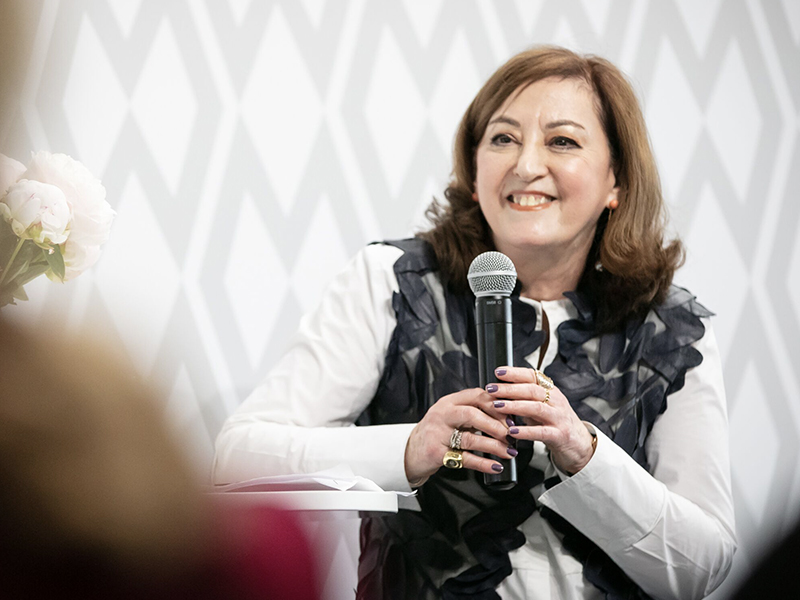
Within the run through of designers, six were already attending GemGenève last year and five are new. Considering that there should not be any superfluidity in the design or the concept : how are these designers interpreting the proportion of materials? What is their sense of sophistication in craftsmanship? According to Vivienne Becker, “Jewelry is the poor little rich girl of the luxury industry.” Who are they ? Explanations by Vivienne Becker.
Nadia Morgenthaler is a Geneva-based artisan home grown. Her work has an exceptional refinement with a sense of details and a perfect duality. The structure of her jewelry is very new compared to most fine jewelry designers. She uses highly technical construction and splendour echoeing the past. Most of her pieces are unique and show a blend between past and present as show her rock crystal chandeliers earrings reminiscing the Versailles Castle of the 18th century.
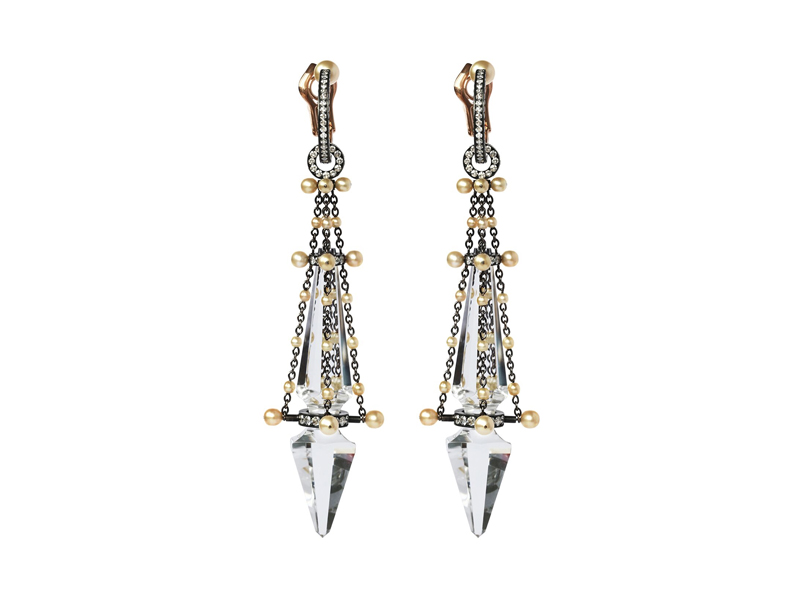
Ninotchka Jewels is a young Russian dream team founded by Eugene Glagolev and Tima Ibragimov who studied jewelry history but most specifically Russian jewelry. They constantly try and search for old gemstones and are not afraid to take risks. They also master the Russian art of stone carvings as a way to translate the current movement in renovating the great history of russian jeweled art.
Sean Gilson is the only American designer of the selection. As a genuine artist and craftman, he draws his inspiration from the Manhattan Artitic movement and makes everything himself between Connecticut and New York. Most of his pieces undeligne a strong graphic quality with a bold style using strong contrasts.
Alexander Tenzo is the 2nd Russian designer of the selection. He is a passionate gem hunter who travels around the world to spot gemstones hence his wonderful inventory. His particularity ? He renovates and searches out artisans who can restore or renovate an antique piece : from a particular jewel to a Russian palace.
Ming Lampson is a British designer whose energy and joie de vivre translates into her pieces of jewelry. She mixes styles and stones, shapes and periods making it hard to discern when was her pieces made. For that specific matter, she’s timeless and edgy in her approach.
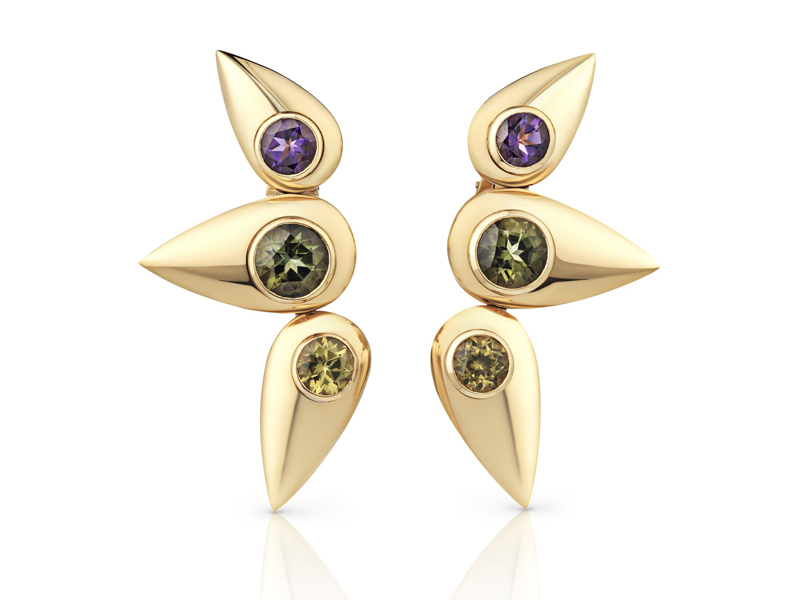
Racine is successful story of a husband and wife who met and fell in love at the GIA London during their studies. They launched last year their jewelry brand, and went from the Emerging Talents section tto designer’s vivarium. There has been a big evolution from the launch of their brand last year to this year’s collection. The refined pavé work on their jewelry is outstanding and brings a focus on stones and craftmanship- using non representational designs.
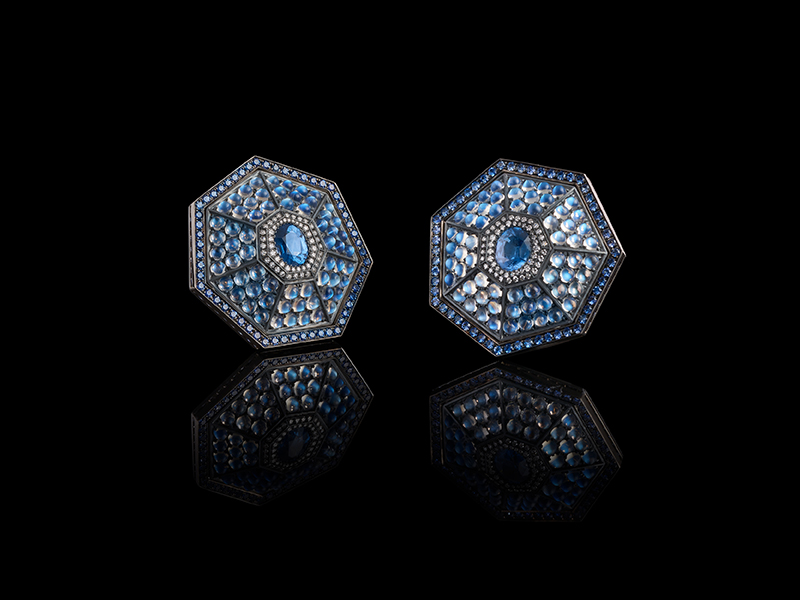
Nicholas Lieou is a Hong Kong born designer who studied in London. He started his career working at Tiffany & Co. in bespoke design and high jewelry in New York. Often seen in his jewelry is the contrast between duality and harmony as much as strenght and fragility. There is a real dichotomy between the story-telling and femininity added to the fact that there is a great fluidity in his designs with minimal and maximal contrast looks.
Alexandra Jeffert lives in London and was trained as an illustrator. She shows a real interest as a modernist jewel using the contrast of strong materials. She loves to juxtapose translucent materials, opaques renderings and colored stones.
Milio is a Russian duo between a mother and daughter. Their first desire in launching their brand last year was to pay tribute to great Russian traditions including gemstones and stone carving. They are the first women to have won the Carl Fabergé Prize for High Jewelry design, mixing tradition with art deco tradition setting lots of calibrated square cuts stones.
